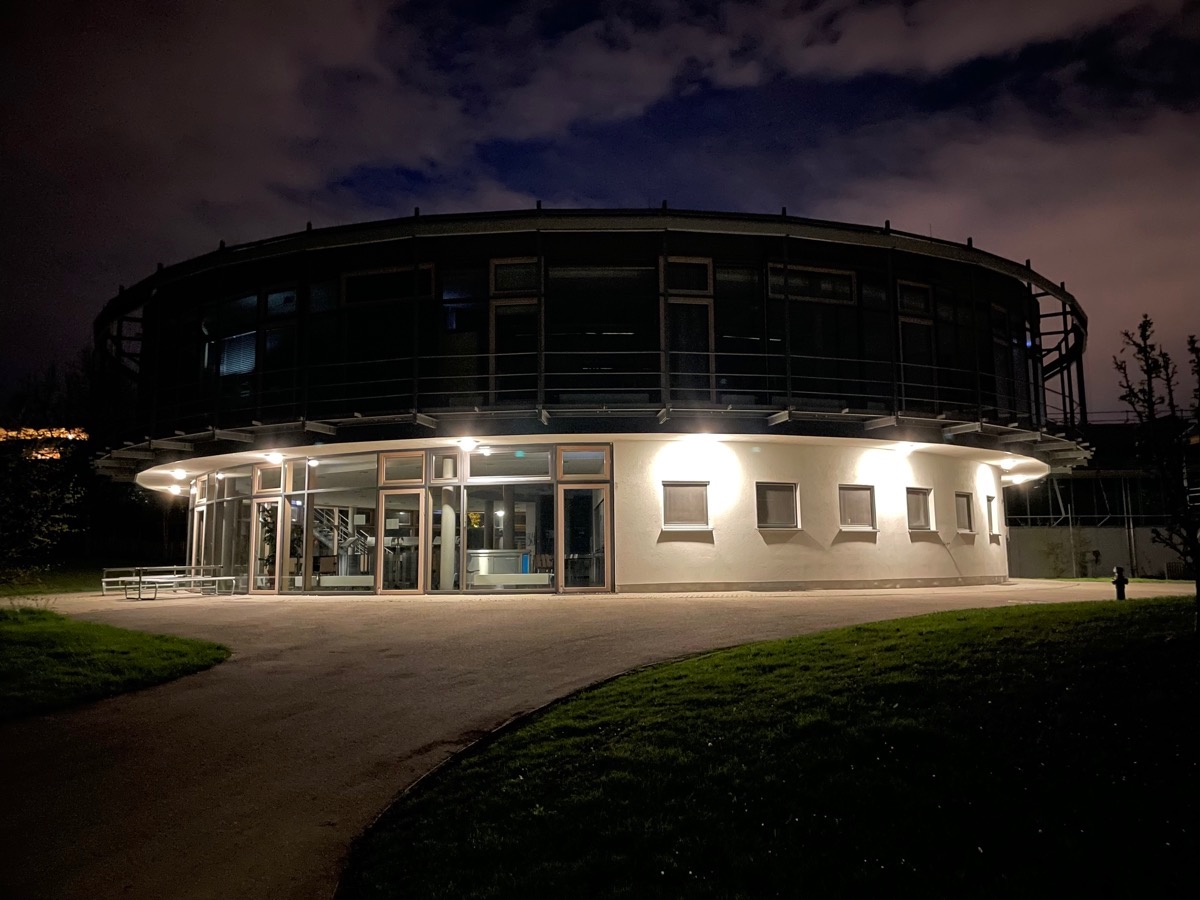Über 100 offene Browser-Tabs?! Zeit, mal wieder aufzuräumen und die Fundsachen ins Blog zu packen.
PUB
Eine Text-Auszeichnungssprache namens PUB von Larry Tesler, der im Stanford Artificial Intelligence Laboratory (SAIL) und später dann bei Apple wirkte, in einer historischen Einordnung vom Autor selbst.
Vector
Eine dieser kleinen Computer-Firmen aus dem Silicon Valley, die etwa um die selbe Zeit wie Apple angefangen haben. Aber gegründet von zwei Frauen. Mit dem Erfolg kam der Neid ihrer Ehemänner. Mit dem IBM PC kam der Niedergang ihrer Firma, und das obwohl Harp McGovern, Gründerin und CEO zu der Zeit, wusste, wohin die Reise geht.
As a result, Harp McGovern had the opportunity to see, sooner than most other companies, what Microsoft was adding to its own operating system in an effort to capture the market. Once the IBM PC debuted with Microsoft DOS—not CP/M—installed, building future machines around this upstart operating system began to look more attractive. It could offer more functionality, while IBM’s adoption of DOS all but guaranteed that software companies would rewrite their business software to support it. It was a switch that Harp McGovern herself was inclined to make, so she contacted Gates and negotiated a provisional contract for Vector to pivot to using DOS instead of CP/M on far sweeter terms—and at a much faster pace—than were being offered to other manufacturers.
She Built a Microcomputer Empire From Her Suburban Home
Retro Exo, ein umfassendes Spiele-Archiv
Retro eXo ist ein Archiv für Spiele auf den Plattformen
- DOS
- Windows 3.x
- SCUMM
- DREAMM
- Apple IIgs
Über ein Terabyte Software, fertig mit dem jeweils passenden Emulator verpackt.
Züge per Telegraph koordinieren: Charles Minot
Ein Artikel über Charles Minot und wie er eine Methode zur besseren Auslastung eingleisiger Eisenbahnstrecken entwickelte: Koordination der Züge auf der Strecke über Telegraphie.
Train movement on a single track railroad up until this time was controlled using a time interval system – a system where a ruling train had the right of one hour against an opposing train of the same class. This meant an express train had to wait for an hour at a station or siding for the opposing ruling express train before it could move. After the hour expired, the waiting train could then proceed slowly behind a flag man until the ruling train or its flag man was seen. Once spotted, one of the trains would have to back up into the nearest siding. Also, local trains tried to time their departures to reach sidings in time to allow express trains to pass. An expensive way to reduce these long delays was to build a railroad with double tracks. But by using the telegraph, a single track railroad with enough sidings proved to be more efficient, considerably less expensive, and much safer for the traveling public. Now trains could be coordinated safely in both directions and in the same direction on a single track.
A Monument to Charles Minot
PASCAL und BASIC Jubiläen
Zur Geschichte der Programmiersprache BASIC in den „langen 70er Jahren“ in Deutschland
Im Folgenden geht es um die „langen 70er-Jahre“ der Geschichte von BASIC in Deutschland. Sie begannen mit der Einführung von BASIC um 1970 und endeten mit dem Siegeszug der Homecomputer und PCs in den 80er-Jahren. Diese Geschichte ist heute fast unbekannt, bietet aber zahlreiche Einsichten in die Geschichte der Digitalisierung in Deutschland und ist nicht minder interessant als die „bunten“ 80er Jahre mit ihren Homecomputern und PCs.
(…)
Unter anderem als „Commercial Basic“ („Heinrich Dietz Industrie Elektronik“) oder „Business BASIC“ („Nixdorf“) fand BASIC dann seit Ende der 70er-Jahre eine weite Verbreitung in den leistungsfähigen Rechnerlandschaften der Mittleren Datentechnik, die aus Zentralrechnern für den Mehrbenutzerbetrieb, Terminals und weiteren Geräten zur Ein- und Ausgabe von Daten bestanden. Vor allem mittelständische Betriebe verwendeten BASIC so für die Verarbeitung großer Datenmengen in unterschiedlichsten Aufgabenbereichen wie der Erfassung, Verwaltung und Analyse von Daten, der Preiskalkulation, der Lagerverwaltung und der Erstellung von Dokumenten. Allein „Business BASIC“ wurde zu seinen „Hochzeiten“ dem Historiker Timo Leimbach zufolge in „hunderttausend Installationen in deutschen Unternehmen“ genutzt.
Zur Geschichte der Programmiersprache BASIC in den „langen 70er Jahren“ in Deutschland
vom gleichen Autor: Von BASIC zur IT-Crowd. Eine kleine Geschichte des Programmierens mit BASIC in Deutschland.
50 Years of Pascal
Like its precursor Algol 60, Pascal2 featured a precise definition and a few lucid, basic elements. Its structure, the syntax, was formally defined in Extended BNF.3 Statements described assignments of values to variables, and conditional and repeated execution. (…) Most essential was the pervasive concept of data type: Every constant, variable, or function was of a fixed, static type. Thereby programs included much redundancy that a compiler could use for checking type consistency. This contributed to the detection of errors, and this before the program’s execution.
(…)
Several years later the first microcomputers appeared on the market. These were small computers with a processor integrated on a single chip and with 8-bit data paths, affordable by private persons. It was recognized that Pascal was suitable for these processors, due to its compact compiler that would fit into the small memory (64K). A group under Ken Bowles at the University of San Diego, and Philippe Kahn at Borland Inc. in Santa Cruz surrounded our compiler with a simple operating system, a text editor, and routines for error discovery and diagnostics. They sold this package for $50 on floppy disks (Turbo Pascal). Thereby Pascal spread immediately, particularly in schools, and it became the entry point for many to programming and computer science. Our Pascal manual became a best-seller.
50 Years of Pascal
